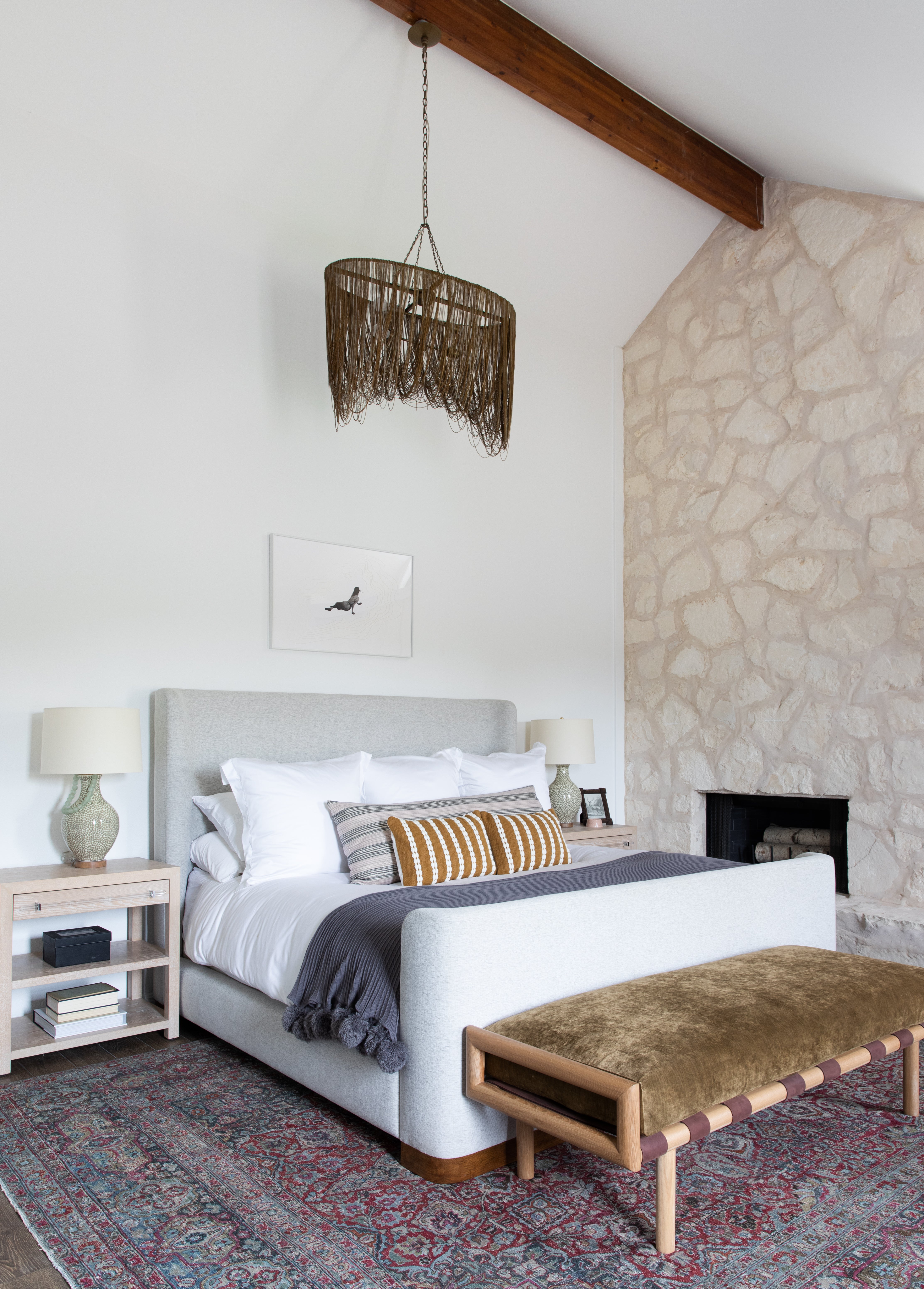Dreaming of revamping a tired property, then selling it for a big ka-ching? Seasoned pros reveal what they’ve learned about house flipping—and how to prevent flopping.
Designers are renowned for turning decor lemons into highly Instagrammable limoncello cocktails. So it’s no wonder that many turn to house flipping for its lucrative potential. “My biggest success story was preventing a 1920s Tudor home in an established neighborhood of Fort Worth, Texas, from being razed,” says Dallas designer Jean Liu, who had so much fun working on her starter home with her contractor that they ended up flipping four more homes together. This particular property could have been condemned, with its broken windows, old plumbing, exposed wires and rotting wood. Still, Liu and her contractor saw the ugly duckling as a would-be swan—and they were right. They purchased the home for $600,000, spent another $250,000 on the renovation, and sold the property for $1.1 million. “Not a bad payday for a side hustle,” says Liu.
In addition to the profits, flipping comes with a huge perk: no clients. While the pandemic delayed Austin, Texas–based designer Sara Malek Barney’s real estate plans, the founder of Bandd Design finally launched a real estate arm of her business in 2021 and now splits her time between development work and client-facing design projects. “One of the ideas behind it was taking clients out of the picture—being able to have full creative freedom and forge my own path,” she says.

BOH subscribers and BOH Insiders.










































